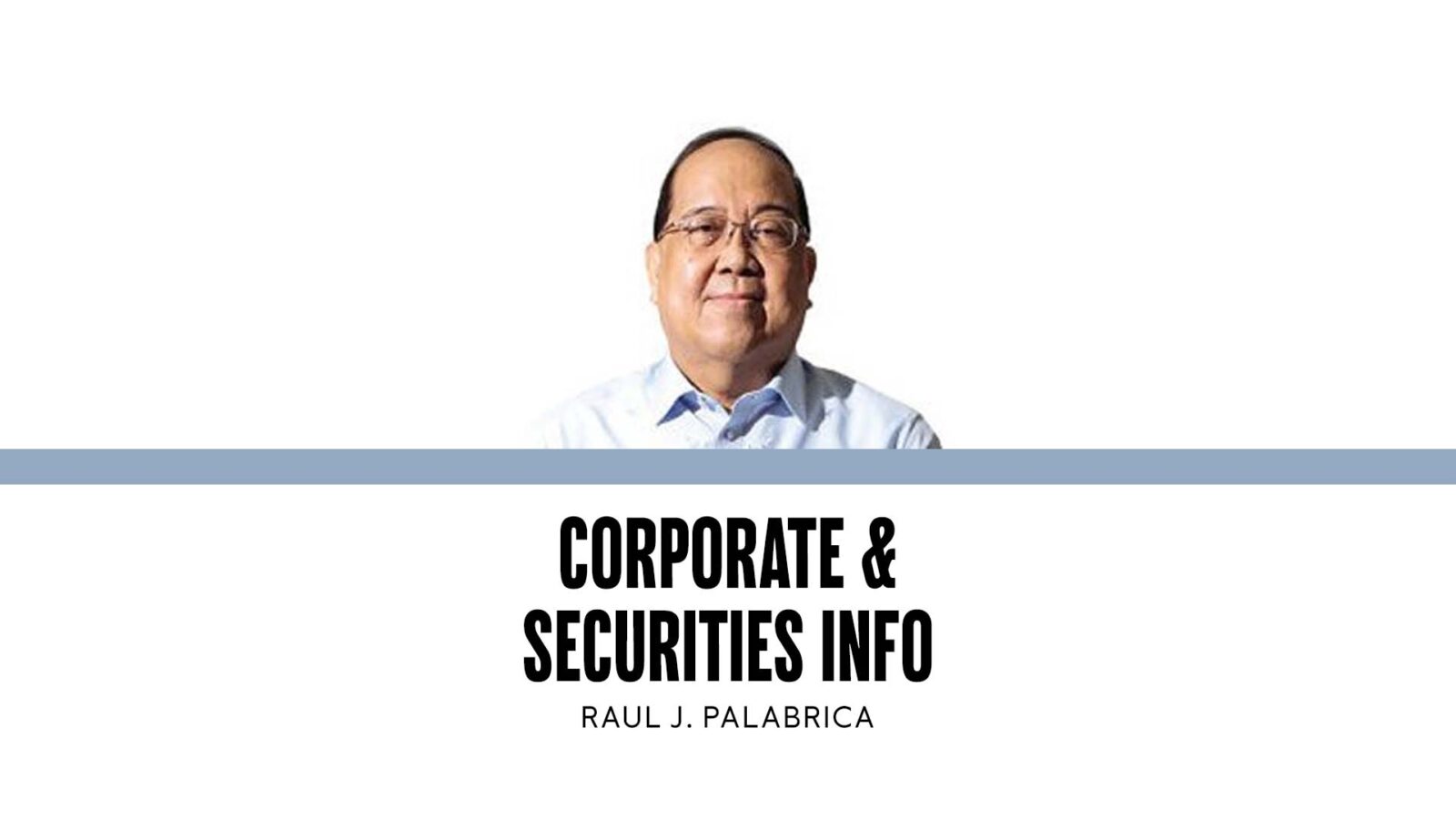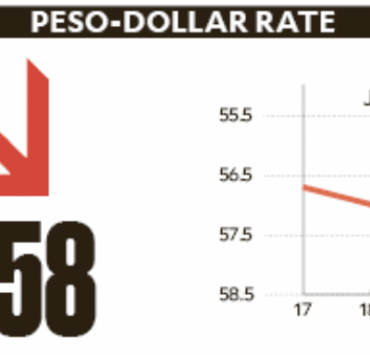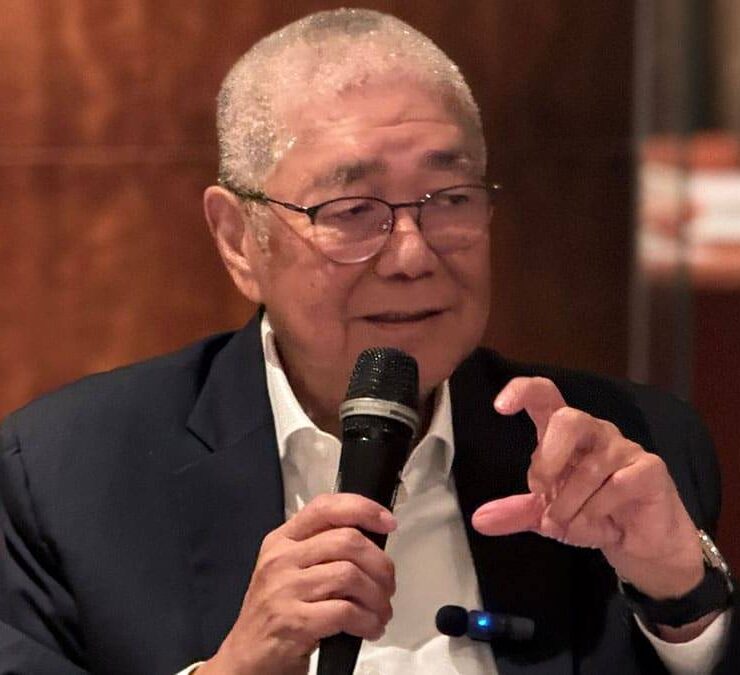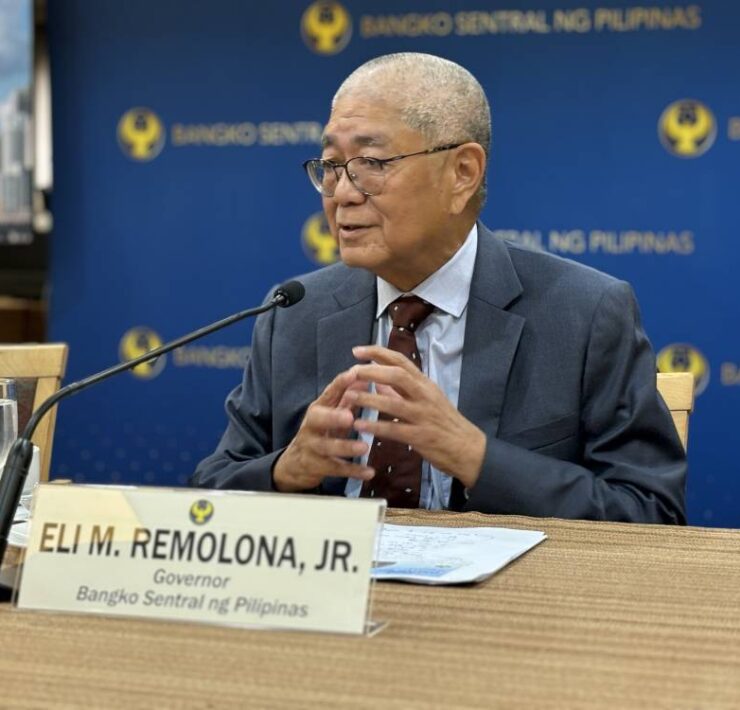Electronic payment of salaries

Nowadays, it is common practice of many companies to pay their employees’ salary and other monetary benefits through their bank account.
This does away with the old practice of putting cash in envelopes or issuing checks and making employees sign a payroll slip when they receive their pay.
Recently, the Supreme Court, in the case of “Philippine Airlines (PAL) vs. Romeo Ahmee,” gave cautionary advice on how employers should manage electronic or online payments to their employees.
The case involved the complaint of 49 PAL employees who went on strike in 1997 and were dismissed by the company.
Aside from questioning the legality of their dismissal, they claimed they were not paid their salaries, 13th-month pay and other benefits provided for in their collective bargaining agreement.
PAL argued that it had paid those benefits by way of electronic transfer of funds to or by crediting the employees’ bank account through its depositary bank.
On this issue, the court described the three stages in bank crediting agreements, namely, (a) preparation of the payroll by the employer; (b) the employer’s submission and corresponding receipt by the bank of the payroll or advisory; and (c) crediting of the amounts in the employees’ bank account.
It ruled that “… the minimum requirement to prove payment by an employer with an existing bank crediting arrangement of its employees’ salaries and other benefits is evidence of the second stage, i.e., proof of submission or receipt by the bank of the payroll or advisory.
“Once the employer submits valid proof of the second stage, the burden of evidence will shift to the employees who will then refute the claim of payment and prove that their respective bank accounts were not credited with any amounts during the applicable periods.”
In apparent acknowledgement of the nuances of present banking practices, the court did not state the kind or nature of the proof of submission of the advisory and its receipt by the bank.
That would be up to the bank and its lawyers to figure out in light of the fact that this arrangement is ordinarily commenced by the employer and then implemented by the bank through the use of encrypted email or online instructions.
Depending on the internal digital infrastructure of a bank, it can either keep a record of its email exchanges in its server or avail of the services of data centers that can store and preserve those emails and make them available for downloading if the need arises.
Although keeping printouts of emails is an option, that would be considered Jurassic at this time and age when most banking transactions are done digitally.
In both instances, the question of how long the bank should keep those records could give rise to logistics-related problems, considering that digital storage facilities have limits in their carrying capacity.
It is common practice for digital data to be deleted if there are no queries about them after a certain period, say, one year after encoding. This way, new data can be stored in the space vacated by the deleted materials, thus avoiding the acquisition of additional capacity, which can be very expensive.
Note that in the instant case, the complained period of nonpayment of salaries and other benefits dates back to 1997, or 28 years ago.
Pursuant to the court’s ruling about the third state of crediting arrangements, i.e., the crediting of payments to the employees’ bank account, the court remanded the complaint to the National Labor Relations Commission (NLRC) for it to find out if payments were actually deposited in the employees’ bank accounts.
That would require the NLRC to get in touch with those employees, many of whom may have passed away, migrated to other countries, or have changed residences.
From the employees’ standpoint, this decades-old labor case is far from over. For banks and their clients who avail of crediting arrangements for their employees, new procedures may have to be put in place to address the court’s ruling on electronic payment to employees.





















